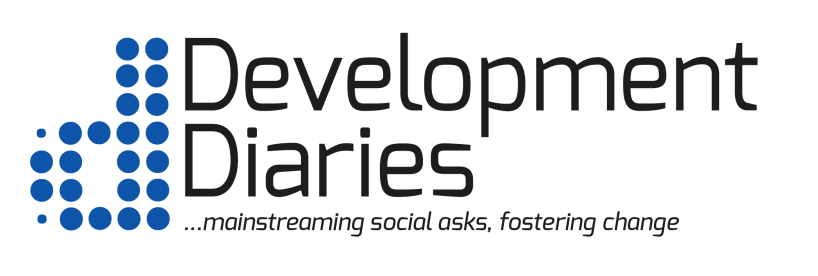Humanity First Uganda has announced the revamping of a water borehole in the village of Kayarwe, near Jinja, central Uganda.
The humanitarian organisation said its ‘Water for Life’ team of engineers carried out the work – a project in line with number six of the United Nations (UN) Sustainable Development Goals (SDGs).
‘Ensure availability and sustainable management of water and sanitation for all’, the SDG six reads.
According to the International Finance Corporation (IFC), nearly 90 percent of Uganda’s population live in rural areas, and roughly two thirds of them lack access to safe water.
Data from Water For People also puts rural access to basic water services in Uganda at 41 percent. These huge gaps in drinking water services informed Lifewater’s declaration of a water crisis in the country in 2020.
‘From [West Africa] to [East Africa], [Water for Life] teams are either engaged in installations or refurbishments as is the case with an ongoing exercise in Eastern [Uganda]’, Humanity First tweeted
‘Refurbishment of a [water] borehole in the village of Kayarwe, near Jinja, in central [Uganda] by our [Humanity First] engineers’.
The refurbished water borehole is expected to provide Kayarwe with clean drinking water, reducing water-related diseases and dropout rates in the village.
This Humanity First project also means the villagers no longer need to travel long distances to get safe drinking water since a functional water borehole has been made available.
In most of Uganda’s rural communities, water supply is not only inadequate but also highly contaminated.
Uganda has a lot of open water bodies and swampland therefore most people in rural areas draw their drinking water mainly from surface sources such as ponds, rivers and lakes.
Water School however notes that these sources are often watering holes for livestock, downhill from latrines, and catchments for mudslide debris.
These pollutants are widely known to be dangerous contaminants that contribute to life-threatening illnesses such as diarrhea, cholera, dysentery and hepatitis.
Data from the World Health Organisation (WHO) shows that 88 percent of diarrhea disease is attributed to unsafe water supply, inadequate sanitation and hygiene.
Additional data from the Water School notes that over 70 percent of all diseases treated in Uganda stem directly from a lack of clean water or poor sanitation and hygiene techniques. These water-related diseases also lead to 25 percent of students dropping out of school.
Lack of access to clean water is a huge threat to public health and ensuring that households have sufficient access to safe water is paramount to preventing water-related diseases and keeping children in school.
The Ugandan government has revealed an ambitious goal of reaching everyone in the country with clean water by 2040.
It plans to reach this goal by investing in quality water infrastructures, which involves restoring and maintaining clean water sources as well as promoting hygiene and investing in sanitation facilities.
Photo source: Humanity First Uganda




